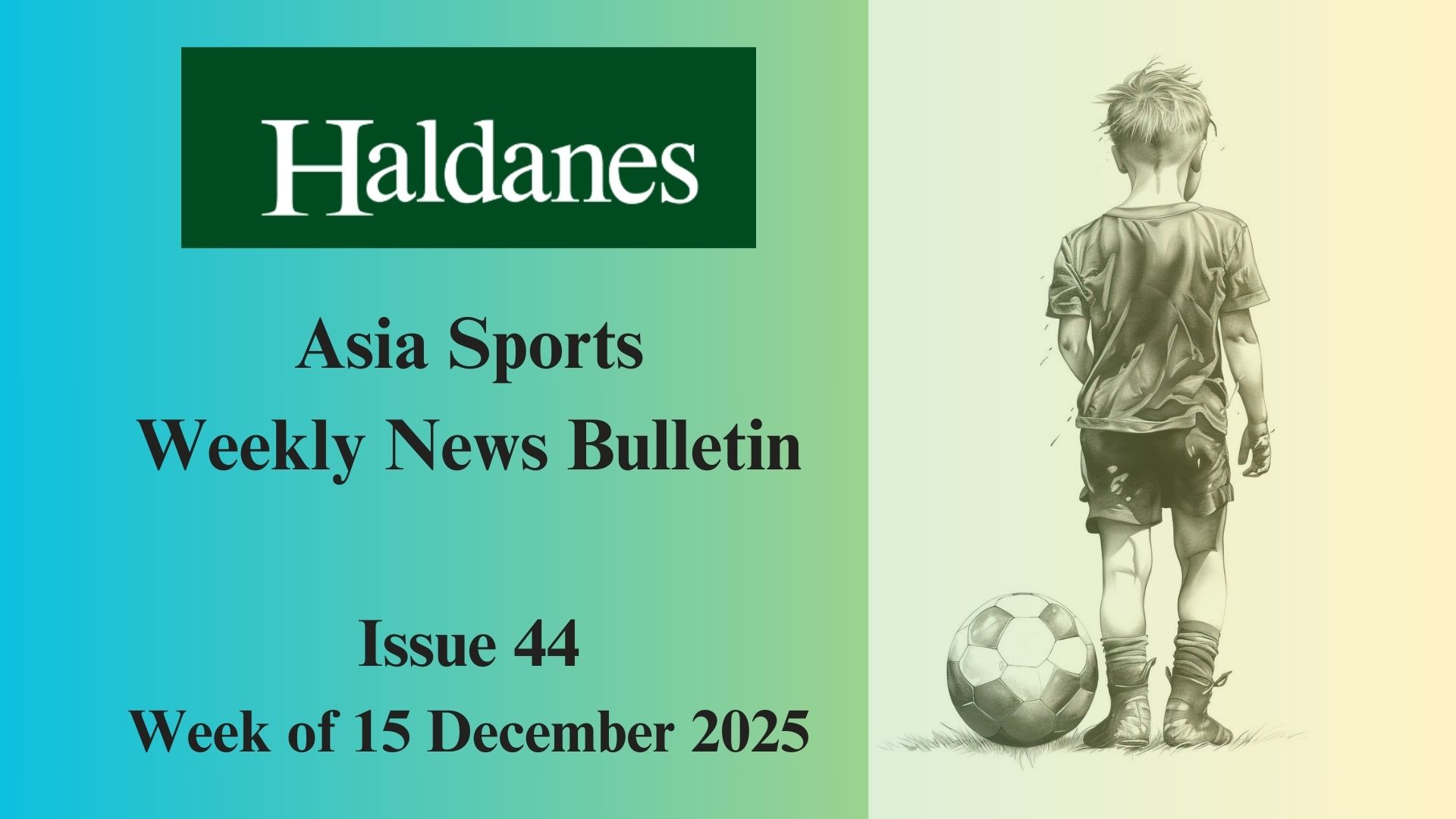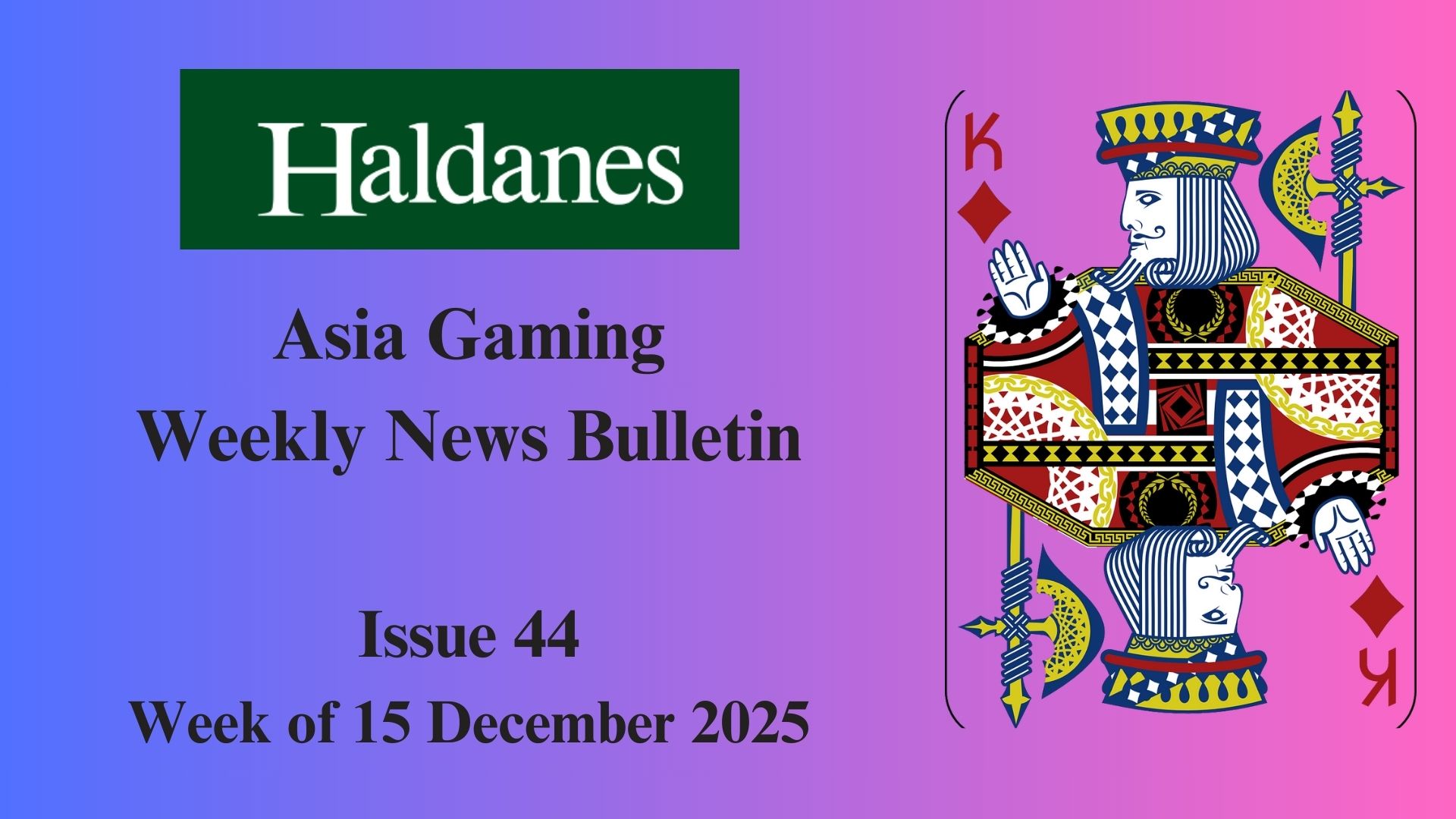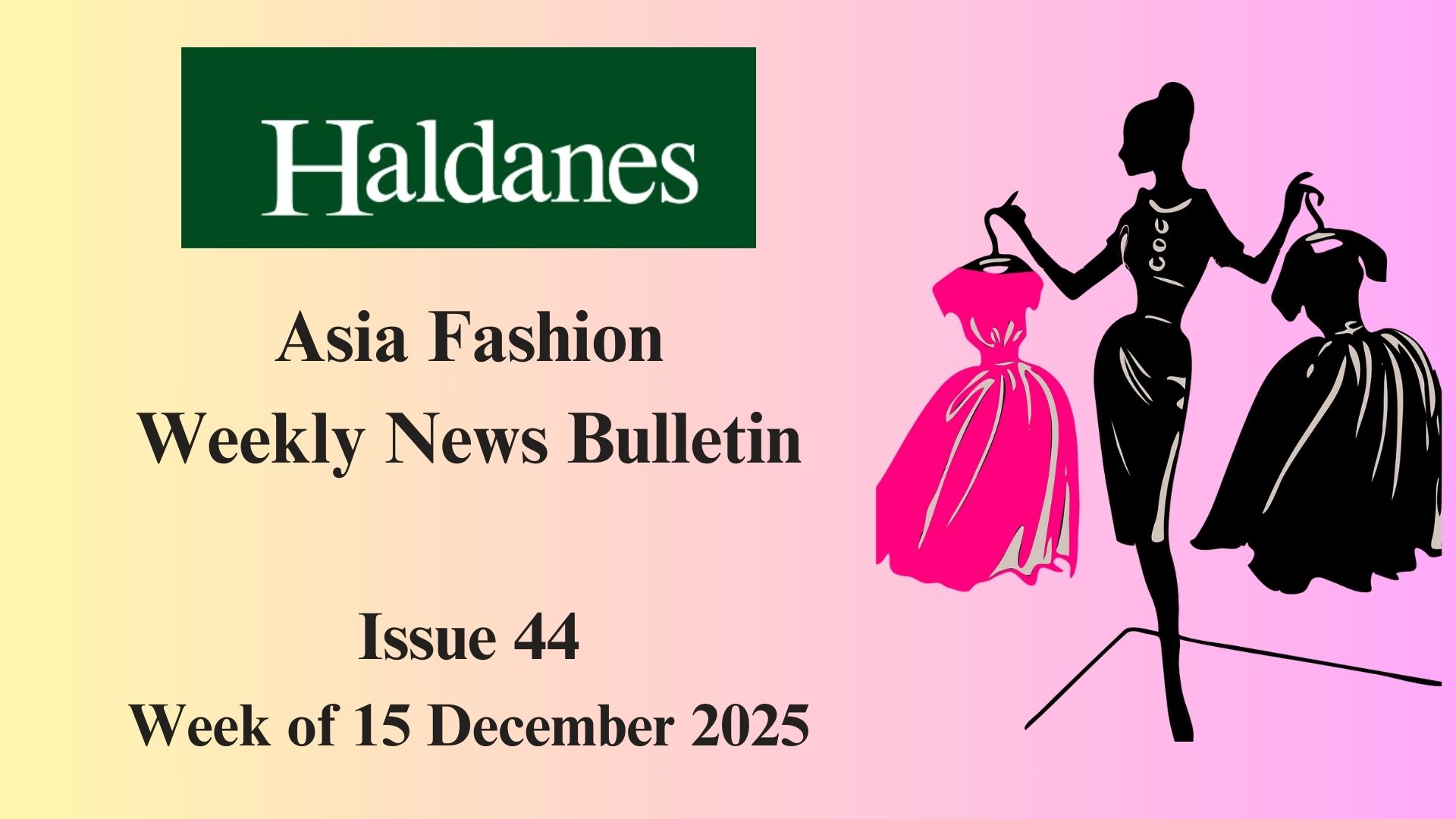Asia Art Weekly News Bulletin – ISSUE 12 Week of 28 April 2025
(1) China Academy of Art celebrates 97th with events and openings
The China Academy of Art celebrated its 97th anniversary by announcing new developments in art education and inaugurating the Zao Wou-ki Research Centre, honouring the renowned graduate known for blending Western and Chinese aesthetics.
(2) Hong Kong sculpture with yellow raincoats won’t return outside Cultural Centre.
The Hong Kong installation of Ju Ming’s bronze sculptures, featuring figures in yellow raincoats, will not be reinstated after restoration.
(3) Sculptor Suki Seokyeong Kang, who reimagined Korean art traditions, has died at 48.
Suki Seokyeong Kang, a prominent Korean artist known for blending traditional art forms with contemporary themes, passed away at 48 after battling cancer, leaving behind a significant body of work showcased in major exhibitions.
(4) Yangtze art exhibition focuses on cultural heritage
The Yangtze River Delta Industrial Innovation Belt Art Exhibition, showcasing over ten masters of intangible cultural heritage, opened on 26 April 2025 in Shanghai.
(1) China Academy of Art celebrates 97th with events and openings
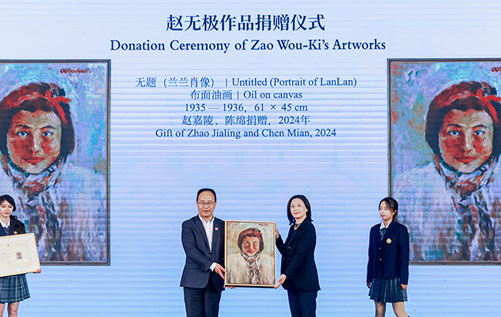
(Photo Credit: chinadaily.com.cn)
The China Academy of Art, founded in 1928 near West Lake in Hangzhou by scholar Cai Yuanpei, aimed to enrich people’s lives through art education by replacing superstitious beliefs with the pursuit of beauty. In his founding speech, Cai emphasised the transformative power of art to help individuals lead more fulfilling lives.
Now celebrating its 97th anniversary, the academy is using the occasion to announce new developments and plans for art education both within the institution and for the wider public. The celebration includes a comprehensive programme of events highlighting the academy’s commitment to advancing art education.
A key highlight of the anniversary is the inauguration of the Zao Wou-ki Research Centre, established with contributions from the artist’s family. Zao, a graduate of the academy, gained international acclaim for his semi-abstract oil paintings that merged Western and Chinese artistic traditions.
News Source: https://www.chinadaily.com.cn/a/202504/25/WS680b37e5a3104d9fd38219c6_4.html
(2) Hong Kong sculpture with yellow raincoats won’t return outside Cultural Centre.
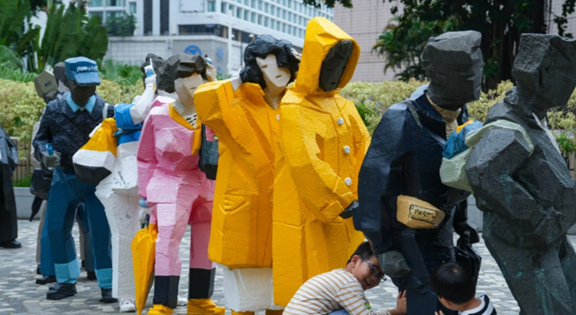
(Photo Credit: SCMP)
A Hong Kong art installation featuring cast bronze sculptures by the late Taiwanese artist Ju Ming will not be reinstated in its original location after being removed for restoration. Authorities have not provided clear reasons for this decision, which has led to speculation about possible political motivations, especially since two of the sculptures wear yellow raincoats, a colour associated with anti-government protests in Hong Kong.
Art critic John Batten expressed concerns that the decision to keep the installation out of public view is unnecessary, as the artwork is beloved by the community and not directly related to political movements. He noted that the raincoat figure had gained significance due to recent events but argued that the piece was originally intended as a celebration of everyday life rather than a political statement. Batten suggested that the installation could be displayed elsewhere to respect public sentiment.
The Leisure and Cultural Services Department confirmed that the sculptures are in storage after restoration, but did not address whether keeping them hidden is a waste of resources. The situation reflects ongoing tensions in Hong Kong’s cultural landscape, where art and politics often intersect.
News Source: https://www.scmp.com/news/hong-kong/society/article/3308261/hong-kong-sculpture-yellow-raincoats-wont-return-outside-cultural-centre
(3) Sculptor Suki Seokyeong Kang, who reimagined Korean art traditions, has died at 48.
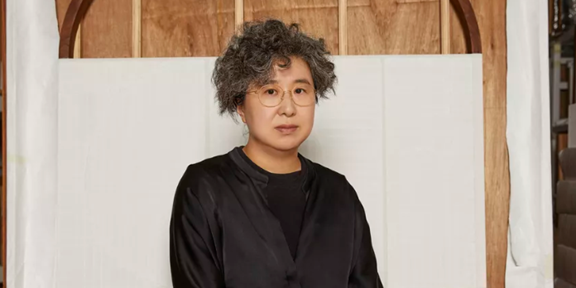
(Photo Credit: Portrait of Suki Seokyeong Kang. Courtesy of Kukje Gallery.)
Suki Seokyeong Kang, a renowned Korean artist known for her innovative approach to traditional Korean art, passed away at the age of 48 on 27 April 2025 after a year-long battle with cancer. Her death was announced by Seoul’s Kukje Gallery, and she was also represented by Tina Kim Gallery in New York. Kang’s work often combined elements of traditional Korean art forms.
Born in Seoul in 1977, Kang studied painting at Ewha Womans University and later earned a master’s degree from the Royal College of Art in London. She returned to Ewha to teach and developed a body of work that explored humanity’s relationship with nature, particularly evident in her “Mountain” series, which began in 2020.
Kang gained international recognition through exhibitions at major biennials, including the Gwangju Biennale and the Venice Biennale, and won the Baloise Art Prize at Art Basel in 2018. Her recent mid-career survey at the Leeum Museum of Art showcased over 130 works, including her acclaimed “Mountain” series. Currently, her largest U.S. exhibition, “Mountain—Hour—Face,” is on display at the Museum of Contemporary Art Denver until 4 May 2025, with her works also featured in prestigious collections worldwide.
News Source: https://www.artsy.net/article/artsy-editorial-sculptor-suki-seokyeong-kang-reimagined-korean-art-traditions-died-48
(4) Yangtze art exhibition focuses on cultural heritage
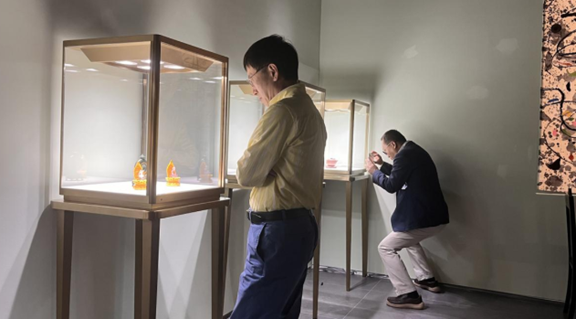
(Photo Credit: Li Junfeng/ chinadaily.com.cn)
The Yangtze River Delta Industrial Innovation Belt Art Exhibition, focusing on intangible cultural heritage, opened on 26 April 2025 at the Duomei Art Space in Shanghai’s Putuo district. Organised by the China National Arts and Crafts Society and the Shanghai Mass Art Center, the exhibition features over ten inheritors of intangible cultural heritage from the Yangtze River Delta region, showcasing their remarkable works.
Among the featured artists are Suzhou embroidery master Gu Jinzhen, zisha (purple sand) pottery inheritor Fan Weiqun, jade carving masters Wu Zaofa and Huang Hanyong from Shanghai, and inkstone carving expert Wang Zhiliang. The exhibition aims to create an immersive experience for visitors, promoting the creative transformation and integration of intangible cultural heritage into modern life.
By leveraging the diverse intangible cultural heritage resources of the Yangtze River Delta region, the exhibition seeks to trace and protect traditional crafts, ensuring their relevance in contemporary society.
News Source: https://www.chinadaily.com.cn/a/202504/27/WS680ddd17a3104d9fd3821d2f.html
